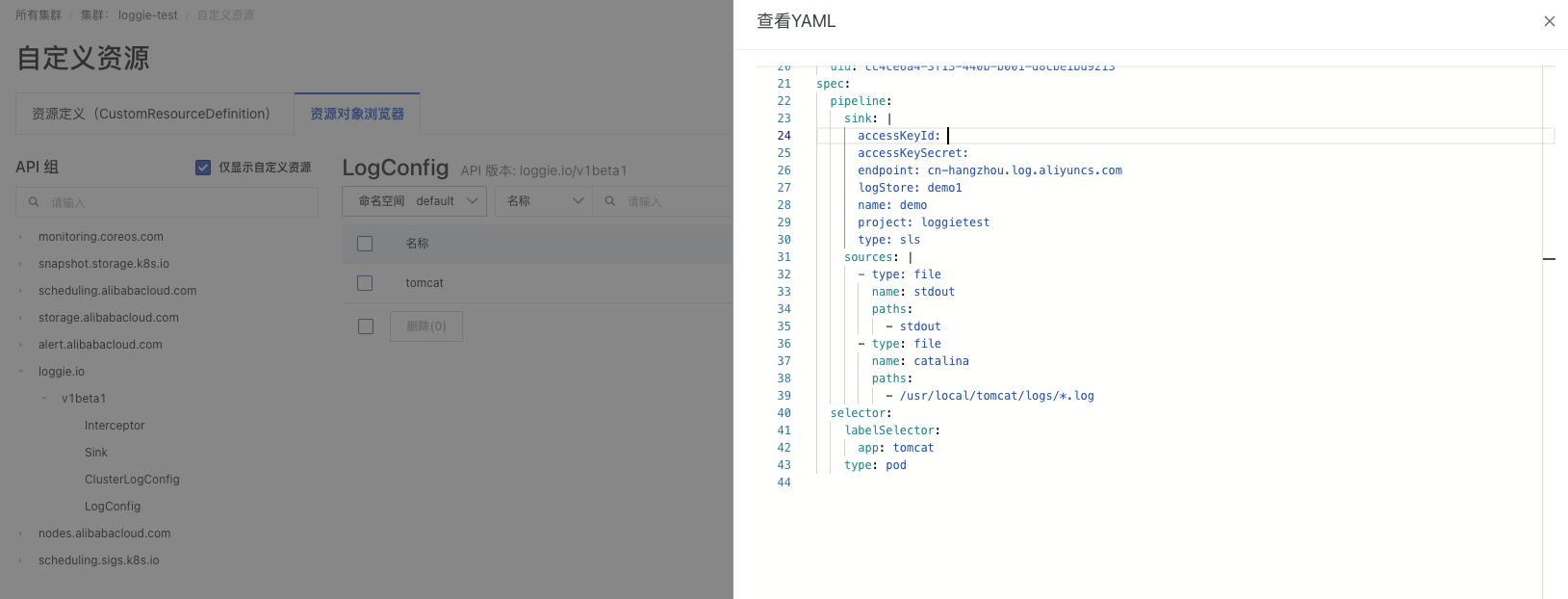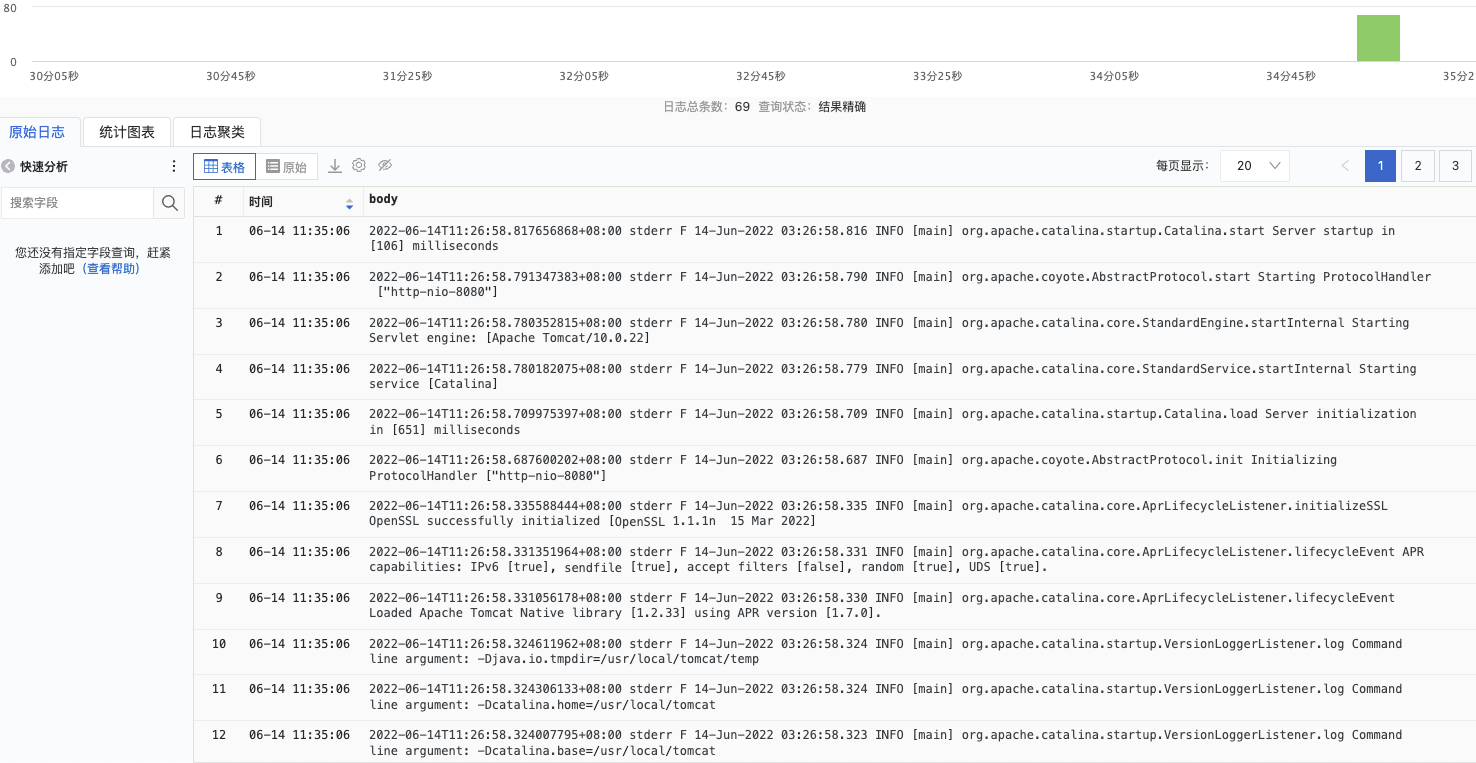Using Alibaba Cloud Observable Unified Storage SLS¶
Regardless of whether your service is deployed on Alibaba Cloud or using a hybrid cloud architecture, Loggie supports collecting log data and send it to Alibaba Cloud SLS.
And you just need to use sls sink.
For the use of Loggie in Alibaba Cloud's official documentation, please refer to: upload logs with Loggie.
Preparation: Create SLS Project¶
In order to use Alibaba Cloud Observable Unified Storage SLS, we need to create a corresponding Project first. As shown below, on SLS page, click Create Project, fill in the project name and the corresponding region, and create the corresponding Logstore.

Then we can prepare sls sink configuration. The example is as follows. Please refer to sls sink configuration for details:
sls sink
sink:
type: sls
name: demo
endpoint: cn-hangzhou.log.aliyuncs.com
accessKeyId: xxxx
accessKeySecret: xxxx
project: test
logstore: test1
topic: myservice
Collect Logs on ECS¶
Refer to Deploy on hosts. We can modify the pipeline.yml and add the configuration of the sls sink.
The pipeline configurationexample is as follows:
sls pipeline
pipelines:
- name: test
sources:
- type: file
name: demo
addonMeta: true
paths:
- /tmp/log/*.log
sink:
type: sls
endpoint: cn-hangzhou.log.aliyuncs.com
accessKeyId: ${accessKeyId}
accessKeySecret: ${accessKeySecret}
project: loggietest
logstore: demo1
topic: myservice
Collect Logs of ACK Kubernetes Cluster¶
Like the self-built Kubernetes cluster, Loggie can also be deployed in Alibaba Cloud ACK. We can use kubectl or helm to deploy according to the kubeconfig file provided by ACK. Refer to Deploy in Kubernetes.
Node:
- If you want to collect Pod logs that are not mounted with emptyDir/hostPath, make sure that the system configuration in values.yaml
discovery.kubernetes.rootFsCollectionEnabledset true. - Configure
discovery.kubernetes.containerRuntimeto match the Kubernetes cluster. The default is containerd.
After deployment, similar to the usage in conventional Kubernetes cluster, ClusterLogConfig/LogConfig/Interceptor/Sink CR can also be used.
ACK provides a CRD page, and we can create and modify it directly in this page.

For an example of collecting logs of a service, just use sls sink. You can also create a sink CR storage sls sink configuration separately and refer to it through sinkRef in LogConfig.
logconfig
apiVersion: loggie.io/v1beta1
kind: LogConfig
metadata:
name: tomcat
namespace: default
spec:
selector:
labelSelector:
app: tomcat
type: pod
pipeline:
sources: |
- type: file
name: stdout
paths:
- stdout
- type: file
name: access
ignoreOlder: 3d
paths:
- /usr/local/tomcat/logs/*.log
sink: |
type: sls
endpoint: cn-hangzhou.log.aliyuncs.com
accessKeyId: ${accessKeyId}
accessKeySecret: ${accessKeySecret}
project: loggietest
logstore: demo1
topic: myservice
View logs¶
We can view the collected logs in the specific Project of SLS, as shown in the following figure:

For details on adding meta information and modifying log fields, refer to Log Segmentation and Add Meta Info。